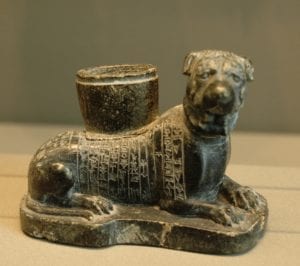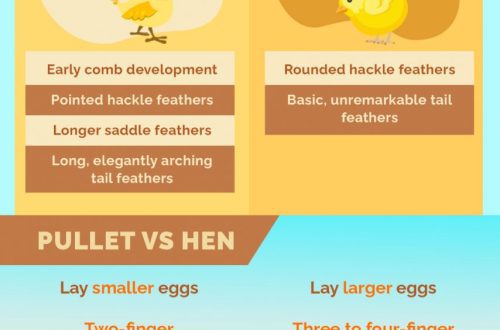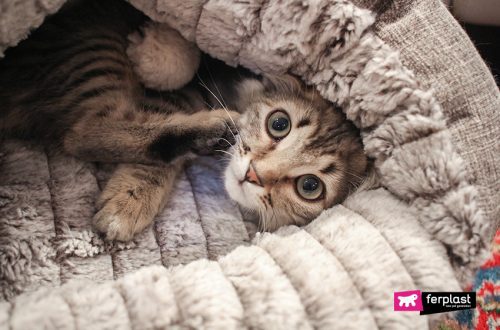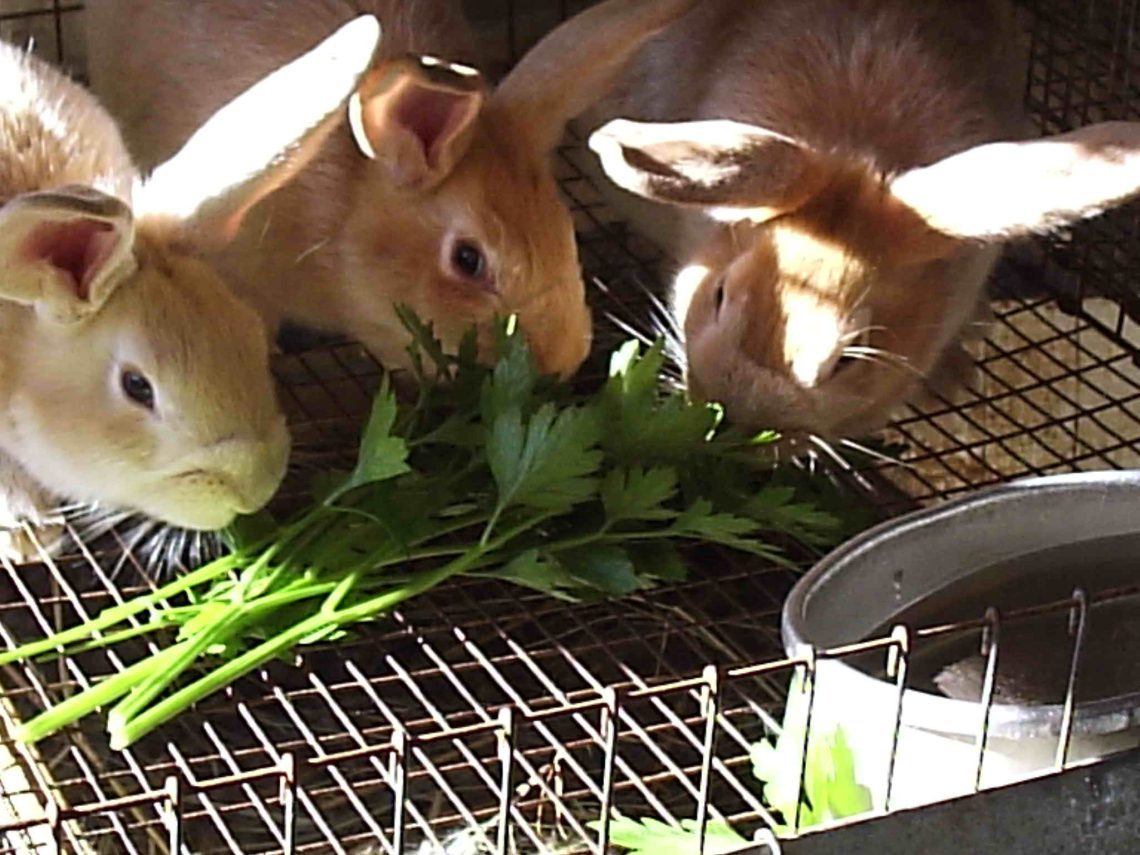
Recipes for feeding rabbits in winter and summer
Feeding rabbits is proverbial for good health, rapid growth and fertility in pets. For this, animals need to be provided with a varied, balanced and proper diet.
Contents
Nutrients and energy that rabbits need
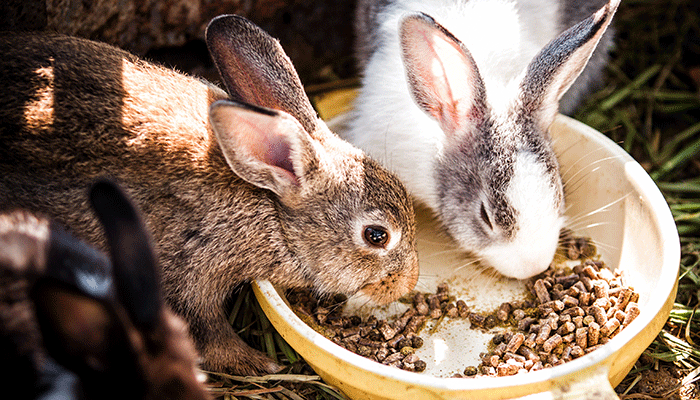
In order to calculate the required daily amount of nutrients, fiber, protein, vitamin and mineral supplements necessary to provide pets with energy, they take into account the height, age, condition of the rabbits (sucrose or lactation). The diet also depends on the season. To reduce heat loss due to low temperatures, in winter the calorie content of the menu for rabbits should usually be 15% higher than in summer.
Rabbit Food Options
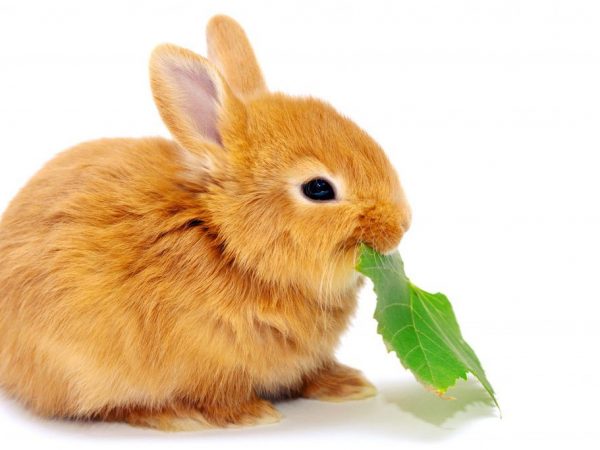
They are divided into the following groups:
- juicy: carrots, melons, fodder beets (sugar is not suitable), turnips, silage, turnips;
- animals: silkworm (pupa), fat-free milk, whey, buttermilk, bone meal, fish oil;
- green: dandelions, alfalfa, young nettles, rhubarb, plantains, many other different types of field and meadow grass;
- coarse: straw, deciduous and coniferous tree branches, hay from legumes and cereals;
- concentrated: bran, whole or crushed oats, cake, crushed corn grain (in the form of porridge or soaked in water), all compound feed (except for what is used for birds);
- food waste: carrot and potato peels, pasta, various soups and cereals, dried black or white bread (it is important that the products are fresh);
- vitamin and mineral supplements: chalk, bone meal, edible salt (compensates for the lack of chlorine and sodium).
The main types of feeding rabbits

With a mixed type of rabbit feeding, animal nutrition is carried out by mixing herbal, succulent, coarse, animal feed and cereal concentrates in thick or liquid form. This type of rabbit nutrition is used to a greater extent on small farms, since the process of making mixtures is difficult to mechanize and rather laborious.
The dry type of rabbit nutrition implies that animals are fed with ready-made compound feeds, which in their composition have all the necessary substances: calcium, protein, phosphorus. Depending on the age group, the food is prepared separately for young animals and adults, and the state in which the rabbits are (mating, rest, pregnancy, lactation) is also taken into account. Combined feed is poured into the feeders several times a week.
Features of the diet of rabbits in winter
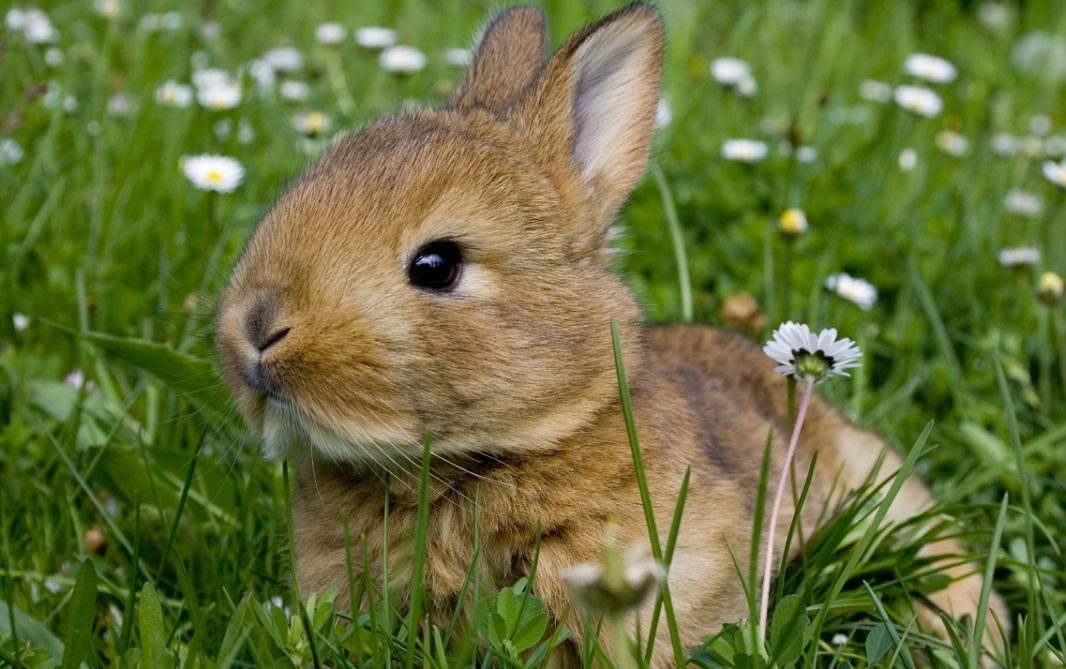
Unlike the summer diet, which includes mainly grass and greens, in the cold season, rabbits mainly eat hay. It is necessary to store about 40 kg of hay per animal. It should combine small and long blades of grass in its composition, have a strong, pleasant and fresh smell. High quality hay that is yellow or green in color and must not be dusty. It contains small amounts of clover, alfalfa and rhubarb. In the case when rabbits eat hay without appetite, a little flour is added to it or moistened with salted water.
Video – food for a huge rabbit:
But you should not limit the animal’s diet to only this product, even if it is of very high quality in composition. In addition to it, you can give pea chaff, straw, dried hardwood branches in June-July. Grape and apple branches contain a lot of vitamins, you can also give maple, pine, mulberry branches about 100-150 grams per day. Birch branches are not recommended because they have a bad effect on the kidneys and have a diuretic effect. Cherries, plums, apricots, and other stone fruit branches should not be given to rabbits, as they contain hydrocyanic acid.
In winter, in need of vitamins, animals will also happily gnaw on the bark and needles of coniferous trees (within reasonable measures). Dry acorns (about 50 grams per day) can serve as a good supplement to the diet.
The winter menu of animals can be made more varied by using warm grain and bran mashes with the addition of a little heated water. It is important to note that the mixture is not very hot, as rabbits can get burned. They also give juicy food: carrots, potatoes (without eyes), fodder beets, apples, sauerkraut (100 g for young animals and 200 g for mature rabbits).
Drinker for rabbits
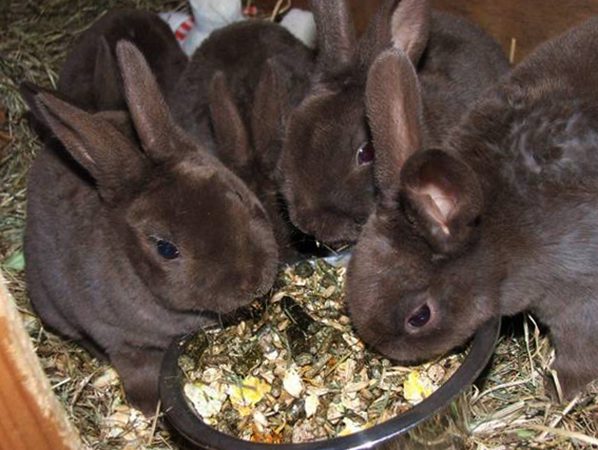
Both winter and summer, rabbits need to drink a lot. It is better to heat the water in winter so that they do not waste the internal energy of the body on warming at low ambient temperatures. It is also allowed to feed with pure snow, but then you need to slightly increase the daily amount of food.
The winter menu of an adult animal in a calm state should look something like this:
- 150-200 g – juicy feed, silage, root crops;
- 130 g – hay;
- 90 g – grain concentrates;
- 1 g of salt and chalk;
Feeding rabbits during pregnancy
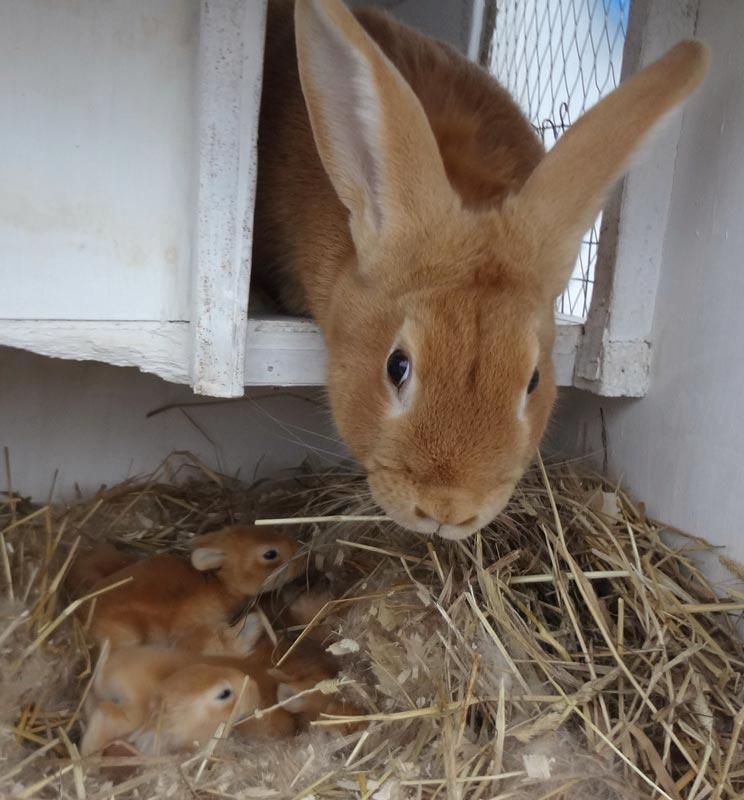
If in the cold season friendly pets are kept warm, provided with a constant and balanced feeding, have enough light per day, then the fertility of females will be the same as in other seasons. Offspring in winter are often healthier and larger than in summer offspring.
The winter menu of a pregnant female, in addition to 1 g of chalk and 1 g of edible salt, should include:
- 250-300 g – succulent feed, silage;
- 200-250 g – high quality hay;
- 90 g – grain concentrates;
Females awaiting replenishment are fed at least 3-5 times a day. The drinker should always be filled with fresh and clean water in a volume of at least 1 liter.
Nutrition of females during lactation
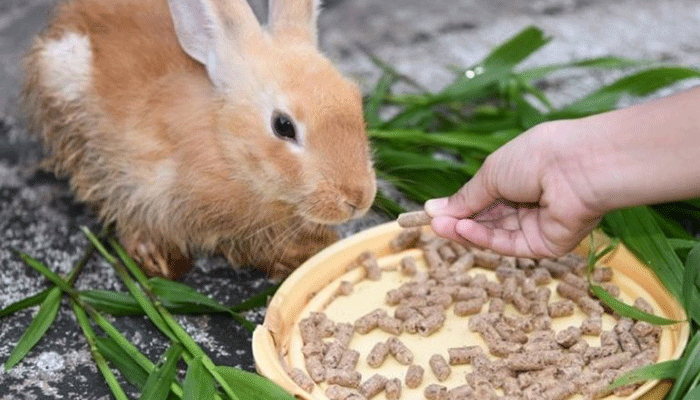
Rabbit milk is very nutritious, superior in fat content and calcium to cow’s milk. A rabbit produces about 50-200 g of dense, like cream, milk per day, thanks to which she can feed an average of 8 rabbits. In order for the female to give so much milk, she needs to eat well. The menu for a young mother from the moment the rabbits are born to 16 days of the lactation period should approximately consist of:
- 300 g – carrots or silage;
- 250 g – hay;
- 80 g – grain concentrate;
From 16 days until the moment when the cubs begin to eat solid food, for each baby in the offspring, the female must be additionally given:
- 20 g – succulent feed;
- 20 g – hay;
- 7 g – grain concentrates;
If the female is still feeding the cubs and has already become pregnant again, then her diet in winter should be as follows:
- 200 g – succulent feed;
- 200 g – hay;
- 70 g – grain concentrates;
It is extremely important to ensure that the female rabbit always has enough water (or snow) available, since in most cases a very strong thirst can lead the female to eat her rabbits. Water is very important when dry feeding animals (when only granular feed is used). It will not be superfluous for a female in demolition or a lactating female to give 5 g of whole milk per day.
The needs of adults
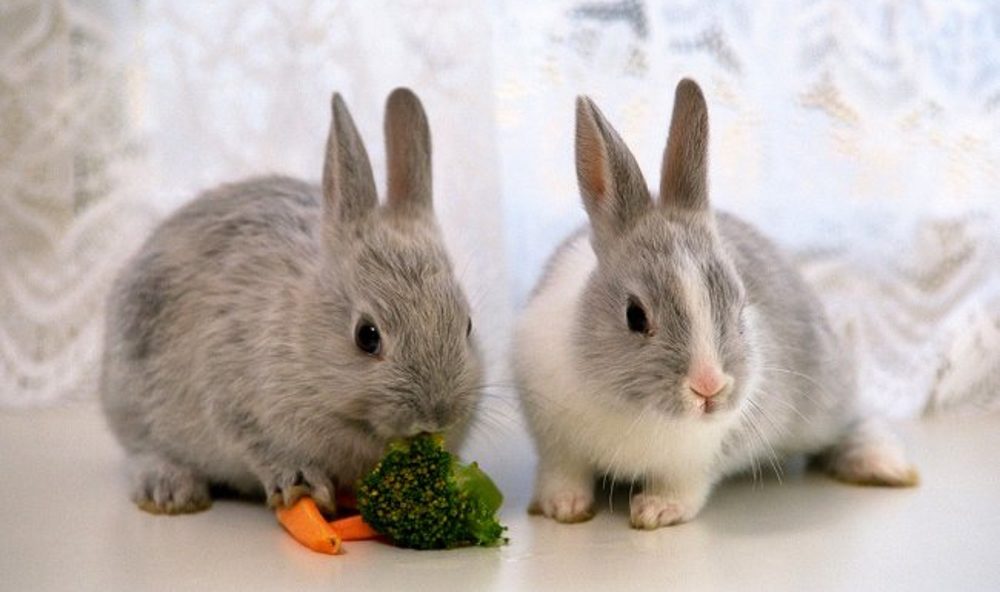
The period of fattening rabbits in private farms usually falls on the autumn-winter season. Exhausted or sick, discarded adults, young animals at the age of 3-4 months are fattened. The duration of fattening takes about a month, and is divided into 3 periods lasting about 7-10 days each. You need to feed the animals 4 times a day, but it is best to provide them with constant access to food.
In the preparatory period for fattening rabbits in winter, you need to include (per day):
- 100 g – root vegetables (turnips, carrots);
- 100 g – high quality hay;
- 100 g – grain concentrates;
During the main period:
- 100 g – boiled potatoes with wheat bran;
- 100 g – good hay;
- 100 g – grain concentrates;
In the final period:
- 120 g – boiled potatoes with wheat bran;
- 120 g – grain concentrates;
- 100 g – branches of aspen, acacia, juniper, birch, willow;
If the rabbits eat without much zeal, they are given slightly brackish water (a pinch of salt is added to 1 liter of water), and during severe frosts, a little salted ice is placed in the feeder. During the final fattening period, when the animals begin to eat less willingly, to increase the appetite of rabbits, spicy herbs are added to warm potatoes with bran: cumin, parsley, dill, chicory. If rabbits are fed correctly and in the required quantity, they will soon put on weight, and will please the breeder’s eye with their rounded sides and elastic silky skin.
Despite the fact that rabbits are not very capricious, they need proper care and attention. Active, healthy pets can bring a caring owner, in addition to moral satisfaction, also a good income.



